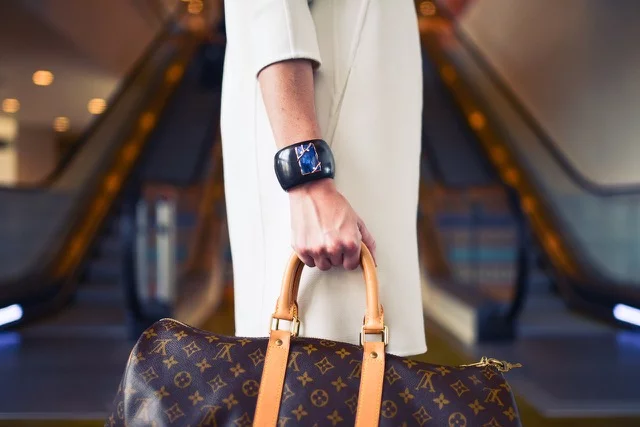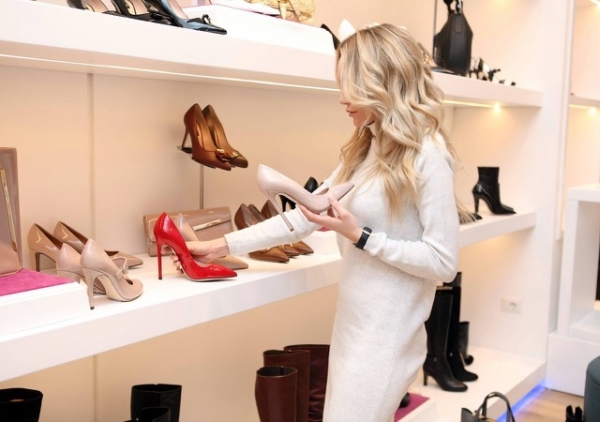
As the world becomes increasingly digitally connected, shoppers are craving a real live retail experiences. With product and price available at our finger tips, shoppers are now seeking ‘experiences’ when they visit stores, so they can see, feel, test products, and immerse themselves in the brand experience.
‘Retailtainment’ is the fusion of retail and entertainment, aimed at making the in store experience more entertaining, enjoyable and engaging, to encourage more shoppers back in store.
Although bricks and mortar sales are still significantly less than 5 years ago, it has shown signs of improvement. Roy Morgan Research says that this is partly due to the growing ‘Retailtainment’ trend with 90 million more trips to the shops made by Aussies attributed to ‘Retailtainment’.
Even though many consumers may end up purchasing online, they are looking at stores to experience the product in store, prior to purchase – 86% of shoppers like “experience” stores where they can test products in store but buy on mobile or online according to a GPShopper survey.
But before committing to ‘Retailtainment’ it’s important to do your research. Ask yourself – or even better, ask your customers – what will attract more customers into your retail store? How can you engage your shoppers to stay longer in store? What would work best with your customers and align with your brand values? Consumer research will provide the insights you need to ensure your ‘Retailtainment’ activities are a success.

Overseas, retailers have been embracing ‘retailtainment’ for some time. As Tony Rogers, CMO Walmart said, “There’s an interesting little paradox we’re seeing in our research. Just as the world is becoming more digital, a lot of our customers are craving for a more physical, real experience, and a live retail experience.” He also stated that 94% of shoppers say their decisions are more likely to be influenced by in-store demos that ads, with in store sampling driving a quadrupling of product sales when it runs. People want an enjoyable store experience.” Walmart has certainly jumped on this opportunity – last year, it even had bull riders in store, complete with live bulls, to draw in shoppers! (Well, in truth, the bulls actually waited in the car park otherwise shoppers may not have had a particularly positive experience!)
http://adage.com/article/cmo-interviews/walmart-brings-back-retail-tainment-bull-riders/304577/
By combining technology with entertainment the experience can be taken to another level. Farfetch is an e-commerce portal for luxury boutiques that started in 2008. José Neves, the founder of Farfetch, was quoted recently about how the physical retail landscape is changing, “Where it accounts of 93% of sales today, but by 2025 it is predicted to account for just 80%. Retailers need a way to collect information about their customers while they are browsing in store, just as they collect data from online searches.” His vision lead to the creation of Farfetch’s Store of the Future, that links the online and offline worlds, using data to enhance the retail experience.
Farfetch set up a temporary retail store in London where the ecommerce platform provided connected clothing racks, touch-screen-enhanced mirrors and sign-in stations that used customer data collected online to be able to be used in the store. Customers could search their purchase history, wish list, which all provided customer insight for the sales assistants in store. They also had a smart mirror that enabled customers to request different sizes, alternative products and payment options all without leaving the dressing room.
While this sounds fantastic, it’s not necessary to spend a fortune on elaborate in store technology in order to enhance the customer experience. It’s about providing a personalised experience that delights the customer and meets their needs. Look at Apple. They just rely on the customer interacting with their product and getting personalised human service. Sure, that’s easy when your product is already interactive technology but the main draw card for the Apple stores is the interactivity between people and the personalisation – being able to engage with a real human about their own product.
Blackmores in Sydney is a great example of a brand that is prioritising the store experience over selling. It provides customers the opportunity to truly immerse themselves in the world of mindfulness and health, rather than focusing on the product.
For years Bunnings have been offering ‘retailtainment’ with their interactive workshops, kids activities, Better Homes and Gardens and Dr Harry visits and, of course, engaging the local community with their famous sausage sizzle. People often go just for a sausage (let’s face it, that smell is irresistible) and they always find something the need to buy. The fact that Bunnings connects the sausage sizzle with community fundraising makes it incredibly powerful.
And then there’s Virtual Reality shopping, which is no longer in the realms of science fiction. It’s a reality that offers an interactive personalised experience for shoppers. Take this example from Myer and eBay.
https://youtu.be/yAuiXhJPnr8
Five guiding principles to ensure the best chance for ‘Retailtainment’ success:
Be original
Offer a genuine, authentic experience that makes the customer feel that there’s something different, new and valuable about your store.
Interact
People will remember how they felt far longer than anything else. Engage all the senses – sight, touch, taste, sound, and smell.
Connect
Personalisation is key when it comes to connecting with customers. Provide as much personalisation as possible. Customers want to feel special and valued. Show how important they are to your business by showing they are by how well you know them. Promote a sense of community by bringing like-minded people and community groups together in store. Invite them to events in store, giving them the opportunity to connect with others with similar interests. Cultivate these relationships and communicate with them regularly.
Be ‘omnipresent’
Omnichannel marketing is no longer a new trend to look out for. It’s now the standard. Consumers expect retailers to be online. Ensure your physical and digital stores work together. Modern consumers are using multiple channels and devices in the shopping journey. It’s important to enable customers to shop seamlessly across channels.
Delight
Create unique experiences that are unexpected and delight your customers. They will remember for a long time and will share it with their friends and family and on social media.
Be reliable
Ensure your methods are tested to better ensure you achieve success and be consistent. Undertake consumer research. Truth Serum offers several Experience and Product Research initiatives, including Customer Experience Research, and our Idea Generator, that can help provide the consumer insights required to better inform your ‘retailtainment’ strategy.
To find out how you can use research to better understand your customers, please give us a call at Insight LED
Sources:
- ‘Experiences’ over ‘things’: Aussies spending more on leisure and entertainment, but less on discretionary commodities, November 24 2016, Roy Morgan, Australia
- ‘The ‘Retailtainment’ effect: Aussies made 90 million more trips to the shops the last financial year! 2 December, 2016, Roy Morgan Research, Australia
- 7 Case Studies That Prove That Experiential Retail is the Future, blog.thestorefront.com
- Bloomberg.com
Adage.com




